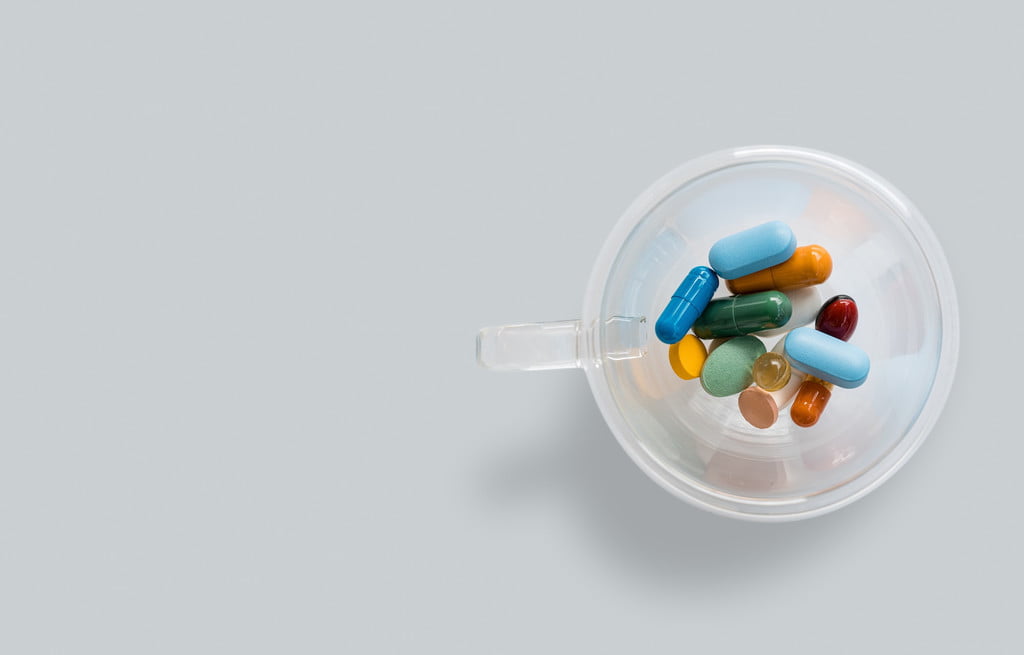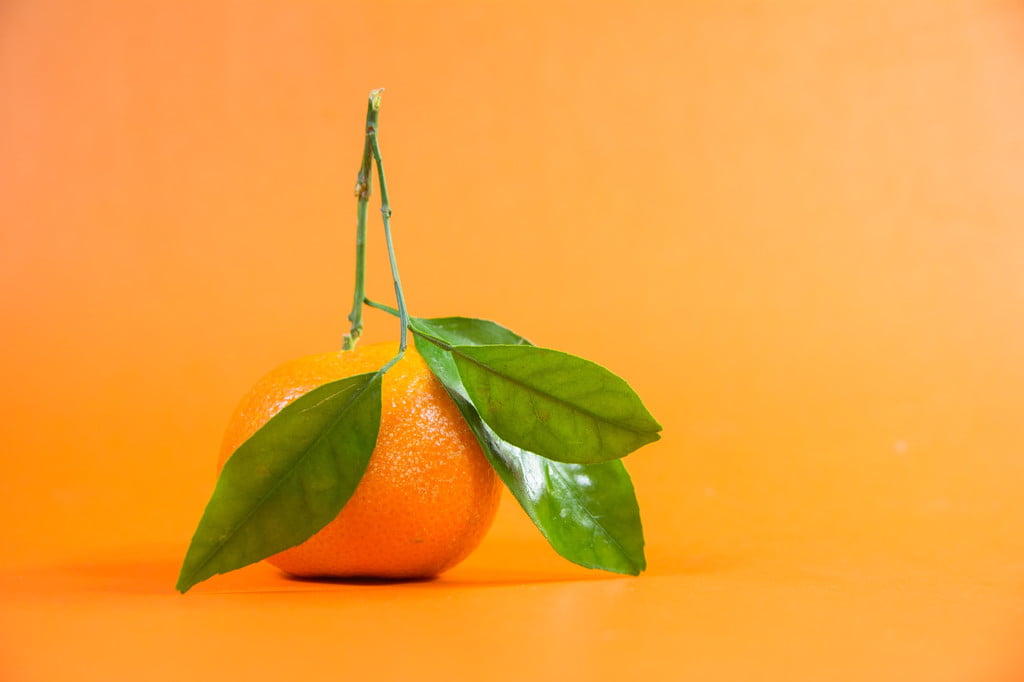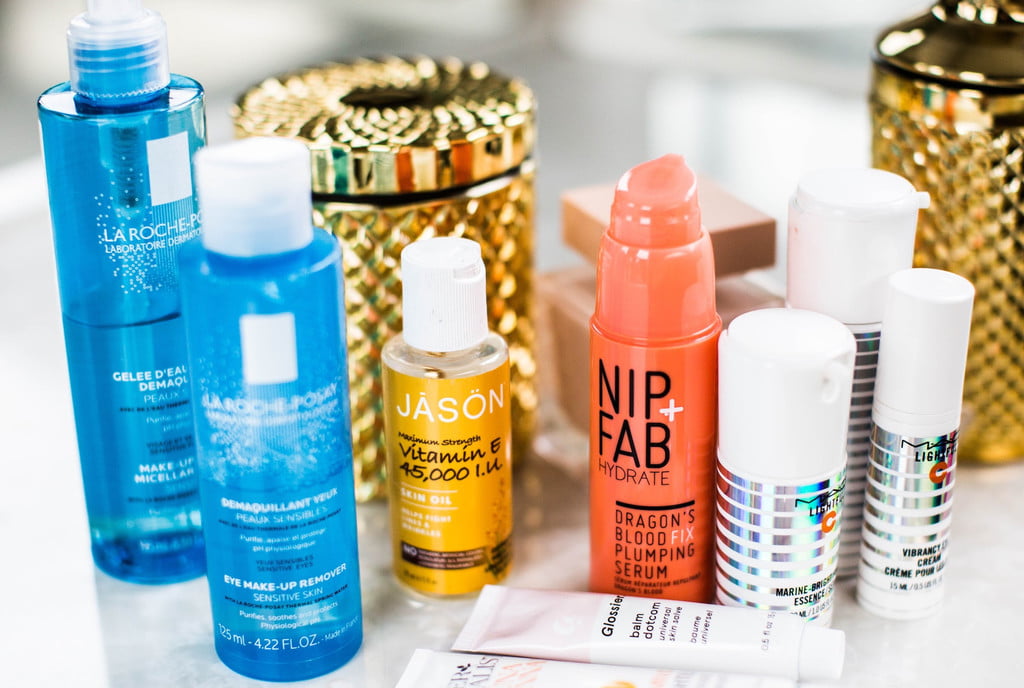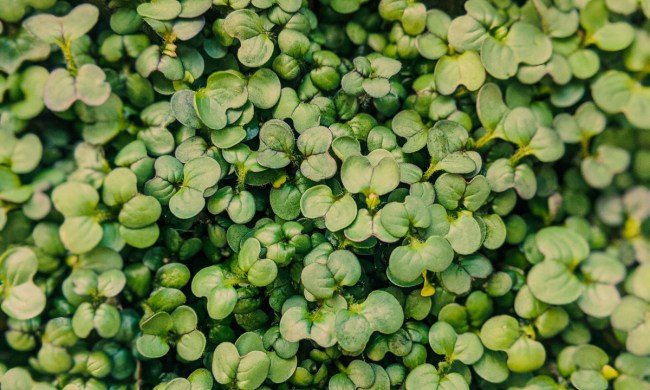Health and aging — two counterparts that are undeniably linked and yet distinctly separate. For most, aging carries the bittersweet duality of enhanced wisdom at the cost of physical beauty and wellness. Anti-aging tricks and makeup tips for maintaining youth go back as far as humans themselves, although not all of them are guaranteed to work. However, there is one area of focus that has yielded genuine results: Nutrition.
To take that a step further, there is much data to support the idea that vitamins can minimize the physical effects of aging. Wouldn’t it be wonderful if the secret to keeping a youthful glow is tucked away in your morning supplements? Let’s review some possibilities to find the truth.
What areas of anti-aging can be supported by vitamins?

To summarize the most basic principle of nutrition, our bodies need micronutrients and macronutrients. Vitamins fall in the micronutrient category, and they aid your health in countless ways, from healing wounds and repairing cellular damage to boosting your metabolism and converting food into energy. Over the centuries, certain vitamins have been tied to specific benefits. In the area of anti-aging, there are vitamins proven to support skin, boost your immune system, support improved blood flow, and even minimize the appearance of scars and blemishes.
The primary variable is you. Everyone’s body is balanced differently and may not experience identical results when taking the same type and amount of a certain vitamin. A good rule of thumb to follow is to address aging symptoms from the inside out. Smooth skin is wonderful, but if your internal organs are deficient, you won’t be able to keep away those wrinkles for long. Outward changes are a direct reflection of internal health, after all.
Which vitamins are recommended to make me look younger?

If you’d like to know what vitamin helps skin or just try a vitamin-based approach to looking younger, you’ll want a good starting point. Let’s discuss the most commonly agreed upon vitamins that help in various aspects of aging.
- Vitamin A. Especially in the form of retinol, this little powerhouse is added to about every face cream out there due to its track record of reducing wrinkles and acne. You may want to confer with a dermatologist to know exactly what dosage is right for you.
- Vitamin C. On the other hand, this supports the toxic effect sunshine is known to have on skin. If you are seeing effects of extreme weathering in your face, it may be time to add vitamin C to your regimen. In addition, vitamin C is great for your immune system.
- Vitamin B. If you seem to have chronically dry and susceptible skin, you may want to try this third suggestion. Also listed in skincare formulations as biotin and niacin, this nutrient fortifies your skin in increasing the skin barrier. Taking vitamin B complexes can also help your hair and nails grow thicker and faster.
Are there potential downsides or reports that vitamins don’t work?
As great as it sounds to have a magic vitamin to improve skin, or hair, or anything else, there are some clarifications worth making. There are a lot of harmful myths around anti-aging vitamins, so let’s clarify some of the most common. Some products claim that vitamin-rich creams and lotions can not only prevent wrinkles but reverse them altogether. Reversing skin damage or wrinkles is a high improbability, and any product claiming to work such wonders should be observed with a critical eye. At best, these concoctions may lighten the effect of blemishes and the like, but not much else.

Likewise, skin creams with high concentrations of vitamin C are potentially harmful because of the immediate way they react to oxygen exposure. Vitamin C is better consumed through foods rich in that nutrient. When you are considering taking any vitamin-rich supplement claiming to make you look years younger, the best practice is to consult a dermatologist or medical professional. Vitamins can react a multitude of ways in your body and merit an educated approach.
Vitamins offer undeniable benefits
Did the fabled fountain of youth run rich with vitamin B? Can a simple skin cream offer a wrinkle-free complexion? In both cases, it is unlikely. However, there are undeniable benefits that a vitamin-rich diet can offer in the area of keeping your youth a bit longer. It is important to remember that the optimal dosage of vitamin intake varies from person to person. Different vitamin blends support different parts of your body, both inside and out. While there are creams and supplements that support anti-aging, products that claim to reverse the effects of aging altogether are likely not legitimate. When in doubt, consult your doctor or dermatologist for a vitamin-based approach to brightening up your looks and life.


